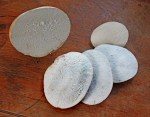By September and October, most of the white, blue, pink and purple wildflowers have faded from the landscape, but our byways glow into early autumn with the bright yellows and golds of what we might refer to simply as “pretty yellow flowers.” Let’s give a respectful nod to four of those cheery wildflowers—Goldenrod, False Sunflower, Jerusalem Artichoke, and Sneezeweed—and get to know them personally.
The four have much in common. All four are members of the huge family Asteraceae, also Compositae; their flower petals grow daisy-like in rays around a center. The centers are typically a cluster of many tiny florets. All four attract pollinators (bees, butterflies, and hummingbirds), so they are important economically and ecologically. Deer avoid them. All are perennial, and cultivars have become popular garden flowers. While they share family traits, their differences can help us distinguish them.
Goldenrod, a common name for Solidago, may be the easiest to identify. More than 100 species grow wild in moist soil in North America, but a few have become popular in gardens. The plant heights average three to five feet. The flower heads are fluffy plumes or fans densely covered by tiny florets. Because they produce almost no pollen, they can’t be blamed for allergies. They are not poisonous to humans; in fact, parts are edible and can have medicinal uses. Because they are native, they are not termed invasive, but they can spread aggressively by seeds and roots.
False Sunflower, one common name for heliopsis helianthoides, is a native that can be mistaken for a daisy. It prefers sun and can grow in a wide range of soil, preferably on roadsides, near wooded areas and in prairies. The plants reach three to six feet and bear flowers with yellow (the common color here) to orange rays that may droop slightly around a soft brown center, earning them the nickname Ox-Eye Daisy. They are neither invasive nor toxic.
Jerusalem Artichoke, or helianthus tuberosus, is not an artichoke but rather a species of sunflower native to central North America. The plants can grow from five to nine feet tall, bearing bright yellow, daisy-like flowers with sturdier petals than False Sunflower or Sneezeweed. Its elongated tubers (fleshy underground stems) vary in color from light brown to white, red or purple and have a nutty flavor. They are highly nutritious and can be eaten, either raw or cooked. In fact, tasty-looking recipes can be found online. The plant was once a widely cultivated root vegetable crop that is regaining popularity.
Sneezeweed, or helenium autumnale, is so called because its leaves were once dried and used to make snuff. The plants prefer moist soil and are at home along streams and wetlands. They grow from two to five feet tall and bear pale yellow to orange flowers with fan-shaped drooping rays. It is sometimes called Wingstem because of the gill-like “wings” running the length of the stems. Although attractive to pollinators, it is poisonous (in large amounts) to humans and livestock.
One final note: all four of these “pretty yellow flowers” look lovely in floral arrangements.
—The Gardener at The Quarry Farm

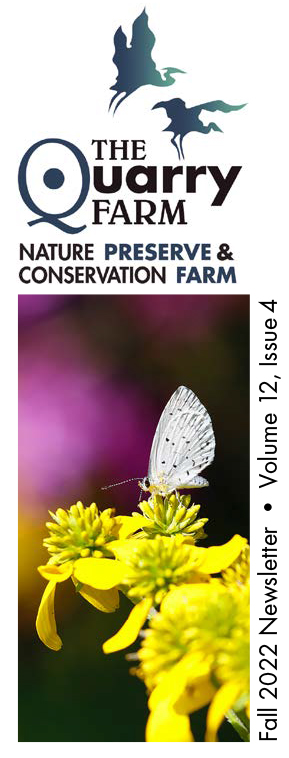



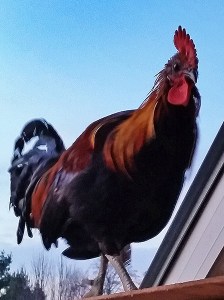

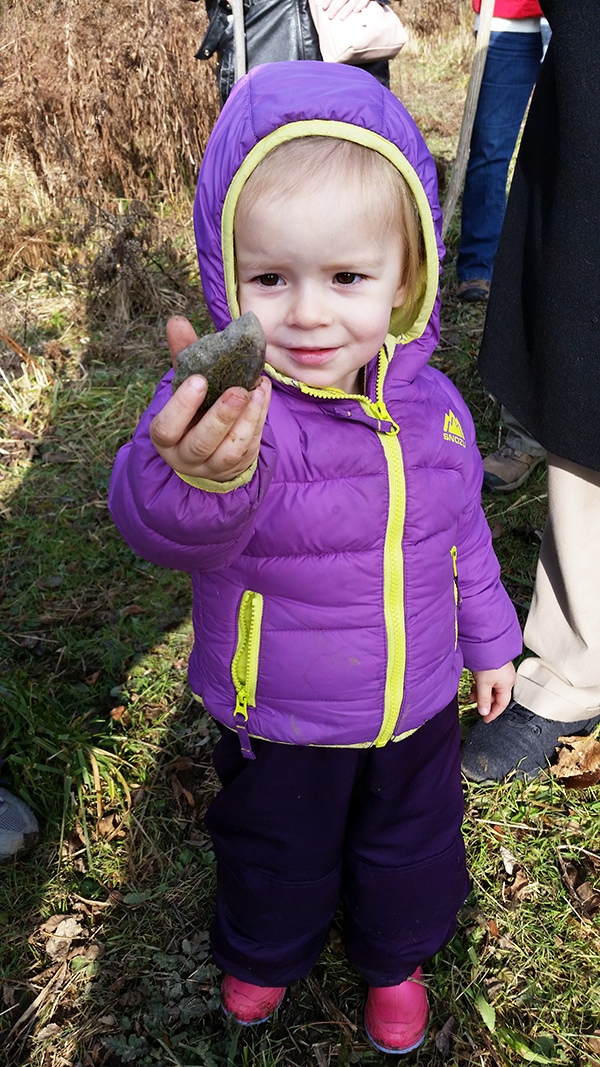


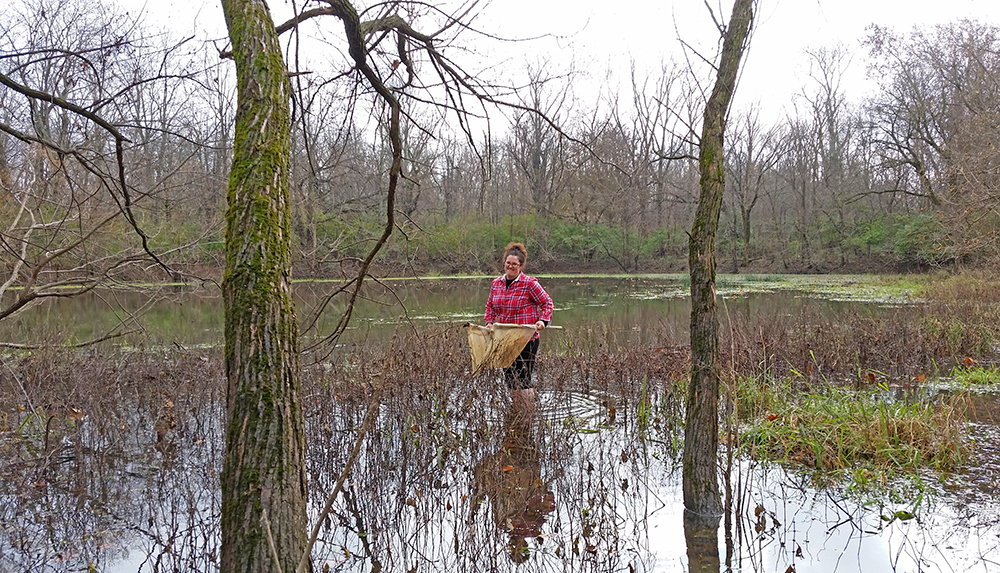
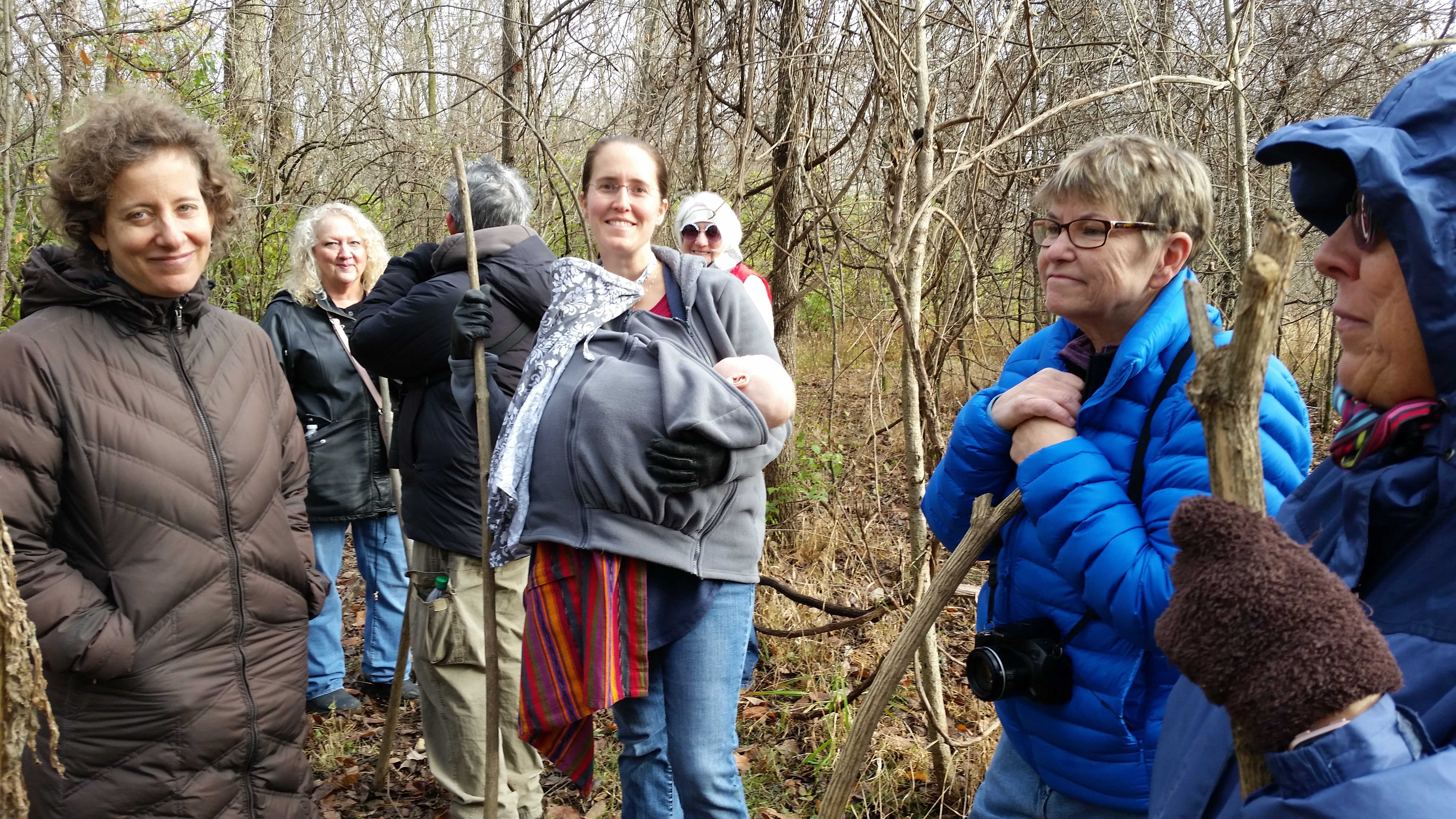

 A week ago, rain–rain we needed so very much–came and went, leaving fungi of all sorts sprouting and the rainbarrel full. The drought dried up the mosquito swarms, leaving perfect conditions for outdoor art workshops. There’s no better time to paint in watercolors than when water drips from the eaves of the shelterhouse, eh?
A week ago, rain–rain we needed so very much–came and went, leaving fungi of all sorts sprouting and the rainbarrel full. The drought dried up the mosquito swarms, leaving perfect conditions for outdoor art workshops. There’s no better time to paint in watercolors than when water drips from the eaves of the shelterhouse, eh?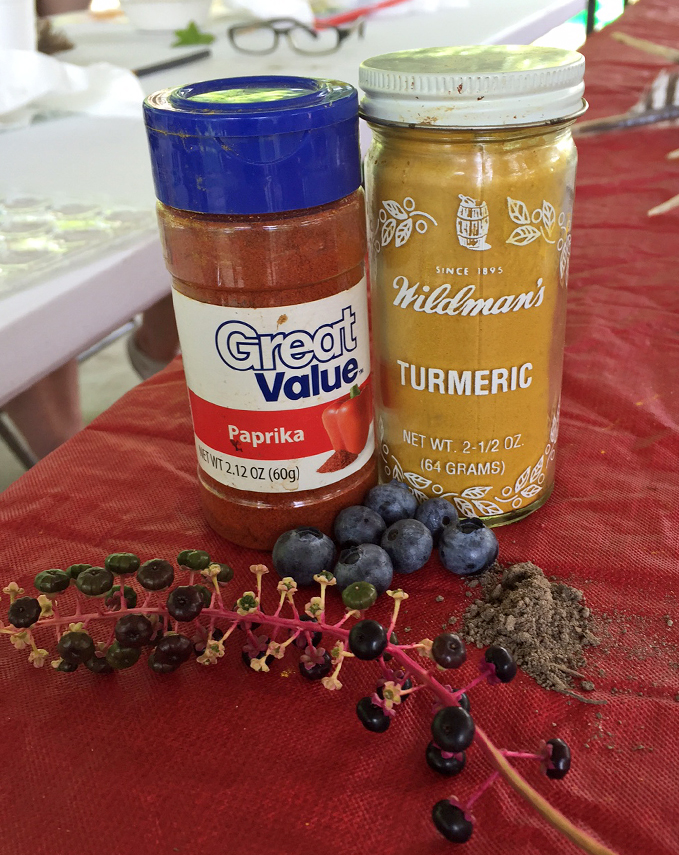







 Rain brings out the green, doesn’t it? The heavy drops and puddles also force those creatures that live in and under the leaves out into the open.
Rain brings out the green, doesn’t it? The heavy drops and puddles also force those creatures that live in and under the leaves out into the open.


















